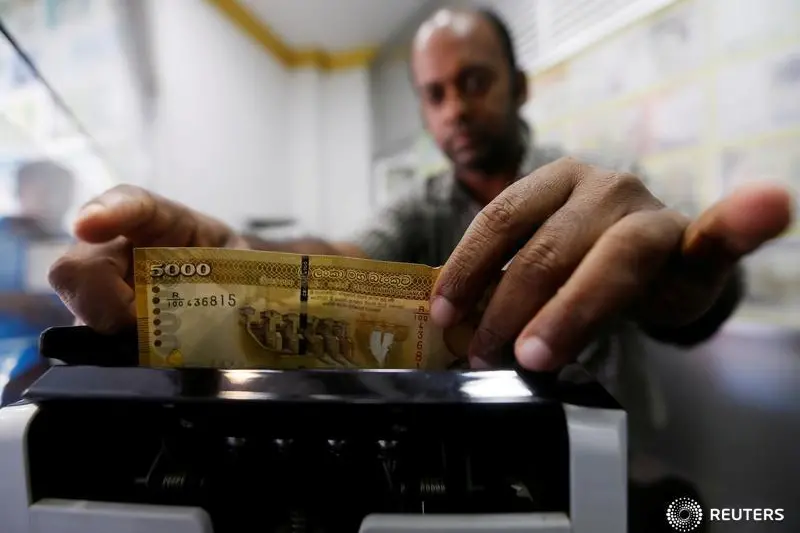PHOTO
Sri Lanka's central bank raised its key monetary policy rates on Wednesday in a surprise move aimed at easing the pressure on the rupee and foreign capital outflows amid a deepening political crisis.
The central bank raised standing lending facility rate (SLFR) by 50 basis points to 9.00 percent, its highest since 2013, and increased the standing deposit facility rate (SDFR) by 75 basis points to 8.00 percent, its peak since 2009.
The policy tightening comes amid a political turmoil since President Maithripala Sirisena fired Prime Minister Ranil Wickremesinghe last month and appointed a pro-China former president, Mahinda Rajapaksa, in his place.
Analysts polled by Reuters were expecting the central bank to leave the rates unchanged.
Sri Lanka's key rates had been unchanged since a surprise cut in April.
The Central Bank of Sri Lanka (CBSL) also cut the Statutory Reserve Ratio (SRR) by 150 basis points to 6 percent, a move which the central bank said was to neutralise the impact of the rate hike.
"The reduction in SRR is expected to release a substantial amount of rupee liquidity to the banking system, thus reducing the cost of funds of banks," the central bank said in a statement.
Since the president's abrupt removal of former prime minister on Oct. 26, the Sri Lankan bourse has suffered net foreign outflows to the tune of 7.7 billion rupees ($43.8 million) while its government securities saw net foreign selling worth 21 billion rupees. The rupee hit a record low of 176.15 on Tuesday.
"They want to stabilize the currency," Danushka Samarasinghe, an analyst at Softlogic Capital said.
"I did not the expect central bank to do this given the political uncertainty. I think they just carried out what they think is correct despite the political uncertainty." ($1 = 175.9000 Sri Lankan rupees)
(Reporting by Shihar Aneez and Ranga Sirilal; Editing by Amrutha Gayathri)
© Reuters News 2018












